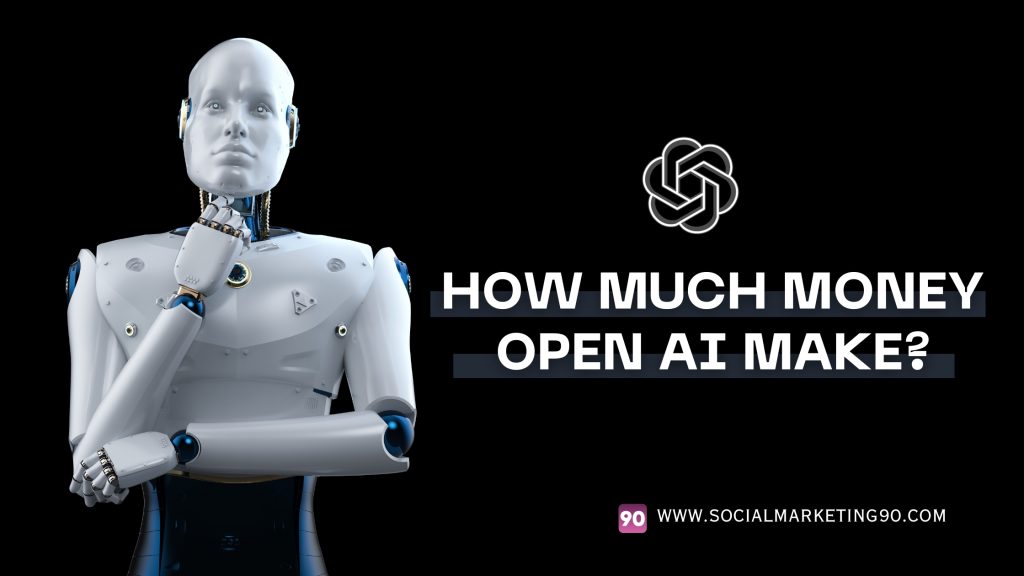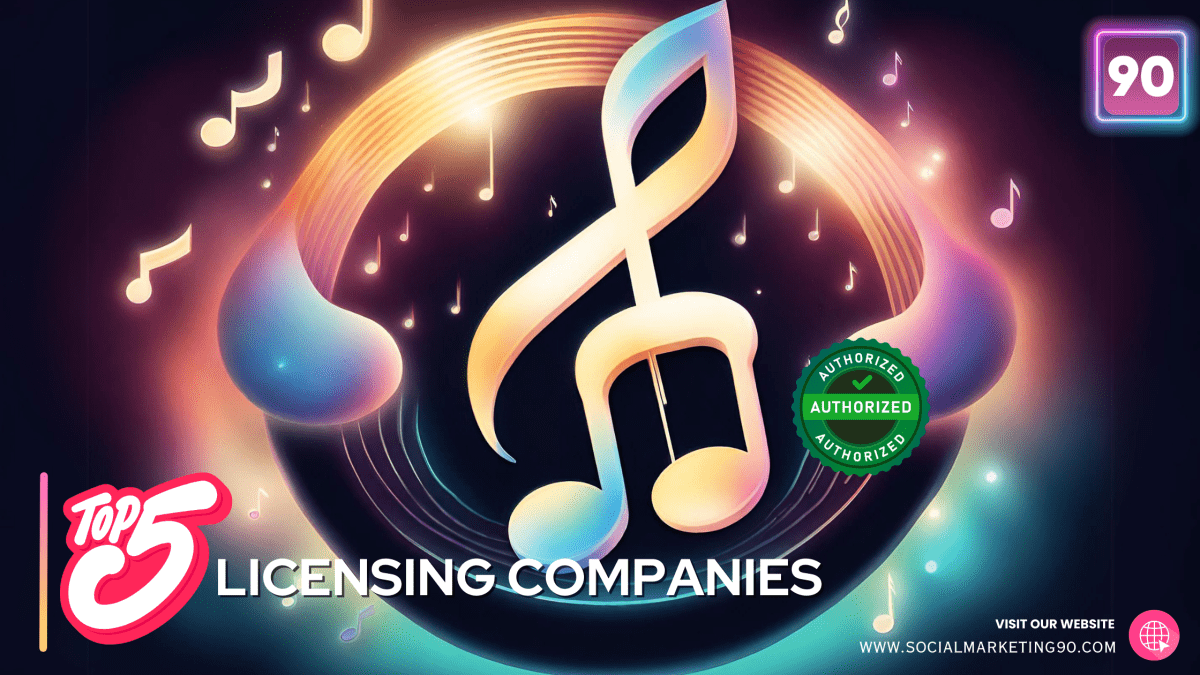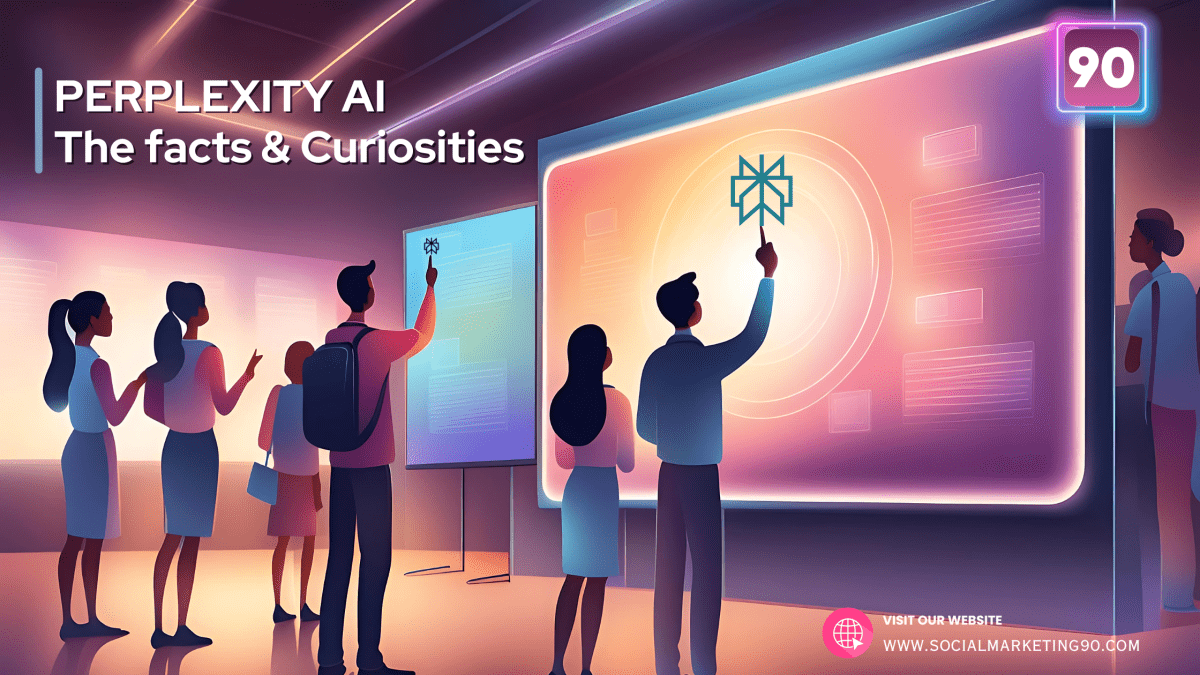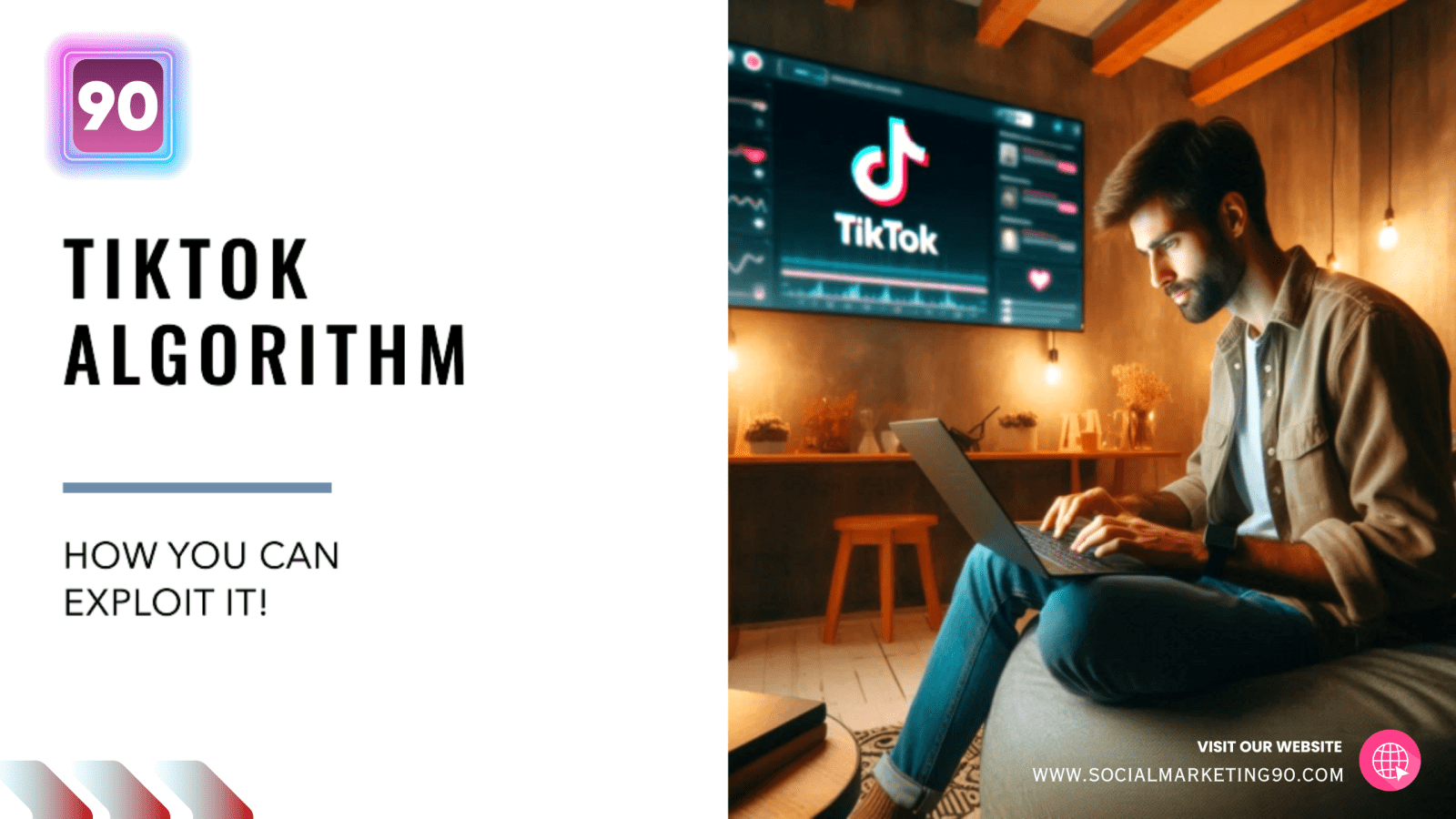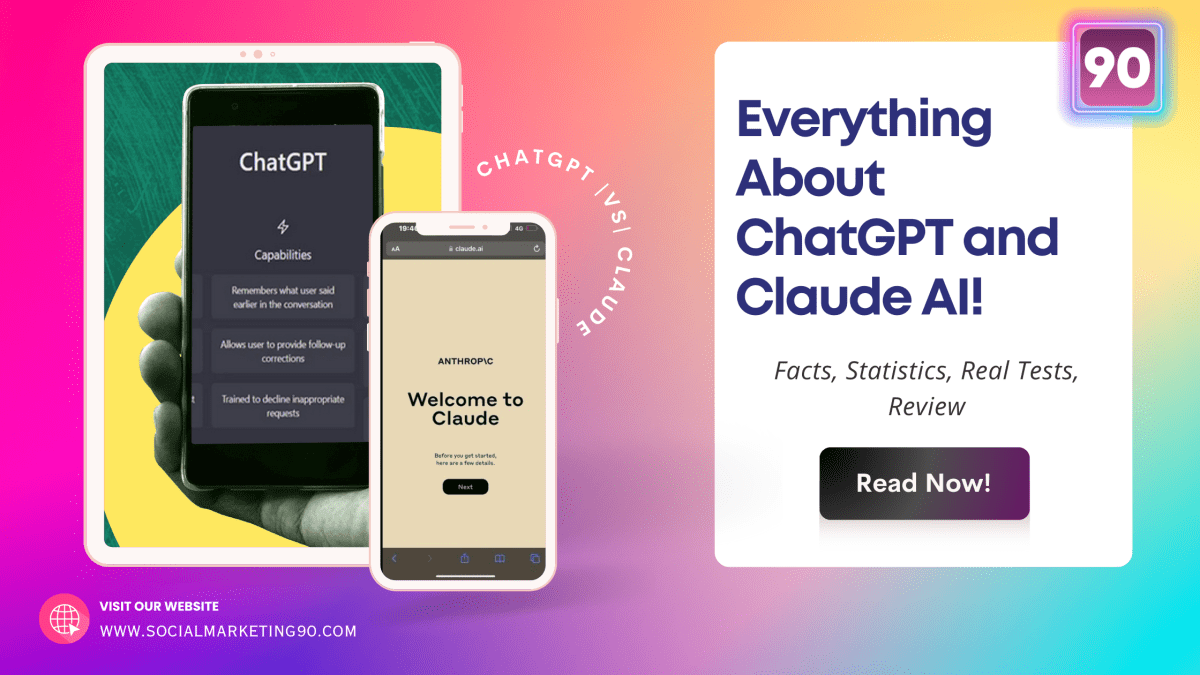Open AI, an AI research company behind some powerful tools, is undoubtedly a hot topic across social media circles. One burning question echoes through the digital debates: How does a non-profit company like OpenAI manage to generate revenue?
Well, it’s a puzzle worth solving, and let’s get into it straight away. Keep on reading to know everything about Open AI, its business model, profitability, and future.
What is Open AI?

OpenAI is an artificial intelligence research company consisting of the for-profit OpenAI LP and its non-profit parent company, OpenAI Inc. It focuses on creating safe and beneficial AI solutions for humans.
Open AI is known for publishing many research papers and AI products. The story behind its establishment and fast-paced growth is an interesting one, that could be inspiring for many aspiring start-ups. Let’s check it.
How it Started?

OpenAI was founded in December 2015 by a group of influential figures in the tech industry, including Elon Musk, Sam Altman, Greg Brockman, Ilya Sutskever, John Schulman, and Wojciech Zaremba, among others. The founding members shared a common concern about the potential risks associated with Artificial Intelligence (AI) and believed that to address these risks.
The mission of Open AI is “to ensure that artificial general intelligence—AI systems that are generally smarter than humans—benefits all of humanity”.
The organization has since been involved in groundbreaking AI research and has developed advanced models for attaining the aim. OpenAI’s first product was Gym, which is a sandbox environment for experimenting with reinforcement learning – a subset of machine learning that deals with general decision-making and motor control within a dynamic environment.
Gym comes with a set of predefined environments, each designed to simulate a specific task. Its reinforcement learning model can be accessed through an API, which is useful for solving problems related to automation, business management, and various other scenarios. Gym’s code is currently available as an open-source Python library.
After launching Gym, OpenAI introduced Universe. It is a platform to measure and train AIs across diverse tasks. Universe simulates an AI’s actions on a computer like a human. OpenAI evaluates its problem-solving abilities by making the AI perform activities like using a virtual keyboard and mouse. Universe also allows the creation of new environments for Gym.
However, over time, things changed, and the situation evolved.
How it Changed?

OpenAI released the initial version of GPT-2 (Generative Pre-trained Transformer 2)on February 14, 2019. The staged release of GPT-2 attracted significant attention and opened up a commercial market for the company. The cautious approach to release and subsequent discussions contributed to the growth of OpenAI’s reputation in the AI research community as well as among the public.
It was then many criticisms were aroused within the company that the initial non-profit approach would not be suitable for growth. As a result, in March 2019, Open AI company underwent several structural changes which resulted in its status change from a non-profit to a Limited Profit(LP) organization. This subsequently led to the entry of Microsoft with an investment of $1 billion.
With a shift to LP status, the profit cap of the investors would be 100x return. Moreover, this change in status resulted in more fund acquisition from Venture Capital(VC) to fund its highlighting plans. However, it’s worth mentioning that this tilt towards a commercialized structure raised many concerns among the contributors.
But, this was just the beginning. The entire destiny of Open AI, an American-based AI research company, literally got turned in November 2022 with the release of Chat GPT. ChatGPT is an advanced language model developed as a part of the GPT (Generative Pre-trained Transformer) series. It is specifically designed for natural language understanding and generation in a conversational context.
The initial response by users to ChatGPT was overwhelmingly positive, creating many debates in the social circles from assignment fraud to loss of job. However, these debates contributed largely to the reputation of Open AI. The success of ChatGPT undoubtedly played a crucial role in placing OpenAI’s position as a thought leader in responsible AI development.
Then comes Codex. Codex AI model translates human languages into code proficiently. It can handle complex instructions involving nested tasks and supports multiple programming languages. With Codex, you can create software applications, communicate with machines, and process large datasets in unique ways.
Role of Elon Musk

Elon Musk’s role in Open AI and Chat GPT was a hot topic of debate in social media. Well, let’s see what Musk himself says about it.
“I am the reason OpenAI exists. It wouldn’t exist without me,” Musk said in an interview with CNBC.
Elon Musk was one of the co-founders of OpenAI and played a significant role in its initial stages. However, he resigned from the board of OpenAI in February 2018, citing a potential future conflict of interest. His departure was to avoid any conflict arising due to Tesla’s own AI development efforts, ensuring that both companies could pursue their goals independently. So, currently, Musk has no role in Open AI.
Elon Musk has always been vocal about the potential risks and ethical considerations surrounding artificial intelligence, and his decision to step down from OpenAI’s board was in line with his commitment to responsible AI development.
But, later after the introduction of Chat GPT, Musk expressed some regret saying he was a ‘huge idiot’ to leave Open AI. He says he underestimated the potential profitability of the company after investing roughly $50 million in it.
However, he has also raised concerns about its potential biases and raised the need for a more truth-seeking AI tool. He went even further to introduce an AI tool as an alternative to Chat GPT called “TruthGPT,” which he described as a “maximum truth-seeking AI that tries to understand the nature of the universe.”
User Statistics
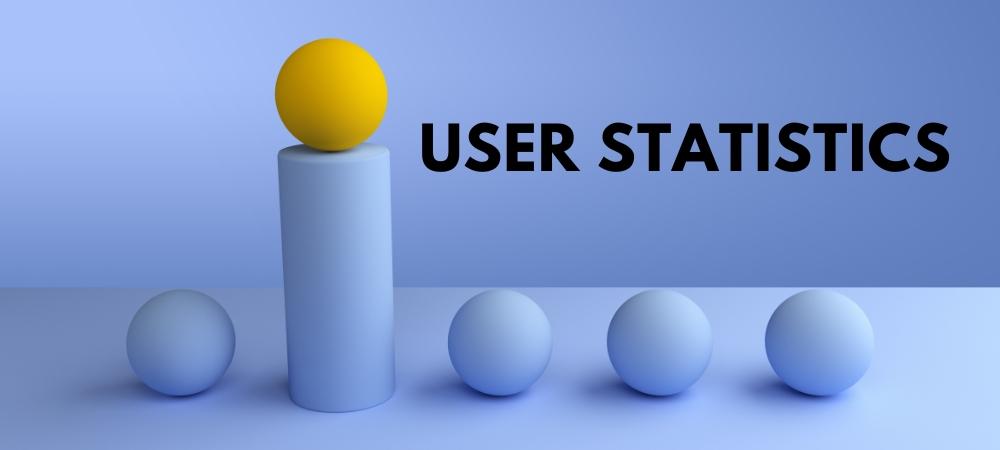
Undoubtedly, OpenAI has been making waves in the AI community and beyond. OpenAI, with the introduction of tools like ChatGPT and DALL-E, has contributed immensely to bringing AI from textbooks to the everyday life of the common man. Their user statistics clearly paint a picture of rapid growth and widespread adoption of Artificial Intelligence(AI).
Here are some user stats related to Open AI and its products:
- ChatGPT, OpenAI’s conversational AI, has seen a meteoric rise in popularity. Within just five days of its launch, it had already attracted a million users. This is a record that makes Chat GPT the fastest-growing app in history. As of 2023, it boasts over 100 million monthly active users, with more than 40% of adults in the United States being aware of the program. The ChatGPT website is a bustling hub of activity, receiving an estimated 1.6 billion monthly website visitors. To know more ChatGPT statistics, check here!
- DALL-E, OpenAI’s AI art generator, has also garnered a thriving community. It has over 1.5 million users, who collectively generate approximately two million images daily. The creativity and innovation facilitated by DALL-E are truly astounding. DALL-E-generated art can be used for commercial use. If you’re not sure how it works, check Can I use AI art for commercial use? Everything you need to know! which will cover entirely about AI arts and it’s usage limitation.
- As for OpenAI as a whole, it has a global reach, with businesses in more than 156 countries worldwide utilizing its technology. The United States leads the pack, accounting for 13.36% of the usage share.
These statistics underscore the significant impact of OpenAI’s products in shaping the AI landscape. In other words, after Open AI’s AI writers, the growth of AI tools is prominent. The SM90’s Blog about AI Writers – Statistics, Usage and Growth A Market analysis will cover the details completely.
Pricing of Open AI

OpenAI provides multiple language models, each with different capabilities and price points. Prices are per 1,000 tokens, where 1,000 tokens are about 750 words. Here are some examples:
- GPT-4 Turbo: This model has 128k context, fresher knowledge, and the broadest set of capabilities. It is more powerful than GPT-4 and offered at a lower price. The input and output prices for GPT-4-1106-preview and GPT-4-1106-vision-preview are $0.01 for 1K tokens and $0.03 for 1K tokens respectively. From now on, the pricing structure for 1000 tokens will be mentioned.
- GPT-4: This model has broad general knowledge and domain expertise. It can follow complex instructions in natural language and solve difficult problems with accuracy. The input and output prices for GPT-4 and GPT-4-32k are $0.03 and $0.06, and $0.06 and $0.12respectively.
- GPT-3.5 Turbo: These models are capable and cost-effective. The GPT-3.5-turbo-1106 model supports a 16K context window and is optimized for dialogue. The input and output prices for GPT-3.5-turbo-1106 and gpt-3.5-turbo-instruct are $0.0010 and $0.0020, and $0.0015 and $0.0020 respectively.
Assistants API
The Assistants API and tools (retrieval, code interpreter) make it easy for developers to build AI assistants within their own applications. Each assistant incurs its retrieval file storage fee based on the files passed to that assistant.
The tokens used for the Assistant API are billed at the chosen language model’s per-token input and output rates. The input price for the code interpreter is $0.03 (free until 12/1/2023), and the retrieval price is $0.20(free until 12/13/2023).
Fine-tuning Models
You can build advanced search, clustering, topic modelling, and classification functionality with OpenAI’s embedding offering. The usage price for the ada v2 model is $0.0001 per 1000 tokens.
As mentioned above, Open AI was formed with a non-profit vision. So, the pricing structure of its products remains controversial and contradictory.
Embedding Models
You can build advanced search, clustering, topic modelling, and classification functionality with OpenAI’s embedding offering. The usage price for the ada v2 model is $0.0001 per 1000 tokens.
As mentioned above, Open AI was formed with a non-profit vision. So, the pricing structure of its products remains controversial and contradictory.
How does Open AI make money?

Since Open AI is a private company, the correct details as to how much money they make are not yet disclosed. However, the sources of their revenue could be easily tracked down.
Let’s break it down into different categories and explain each.
Licensing fees
Licensing fees are the amount charged by Open AI for using its products or models. The majority of the company funds come from licensing fees.
As mentioned above, the language models are priced based on the tokens and preferred models. A thousand tokens are equal to 750 words. However, the pricing structure for enterprise customers with bulk purchases might be different.
Subscriptions
Like any other online platform, Open AI receives large revenue through subscriptions. In February 2023, they introduced a premium version of Chat GPT called Chat GPT Plus, costing $20 per month.
However, Chat GPT, the main product, continues to be free to widen the reach of the company.
Investments
After the status change to a Limited Profit(LP) status and the introduction of Chat GPT, investments emerged as one of the biggest sources of revenue for Open AI. As per statistics from Crunchbase, Open AI has raised a fund of almost $11.3 Billion over 8 rounds.
Giants like Microsoft, Khosla Venture, and Reid Hoffman, bring in significant investments to the company, both in terms of money and technology. It is worth noting that all these investments are not done with the sole objective of profit. As Open AI is an AI research company in a growing stage, the current priority of the investors is to raise the awareness and usage of Artificial Intelligence as well as Open AI products.
Foundry
Foundry is a new platform introduced by Open AI for its enterprise customers. Foundry comes with a lightweight version of GPT 3.5 and provides access to the latest updates made in natural language processing for enterprise customers.
The pricing starts at $78,000 for three months and $264,000 for one year. This platform is designed for companies that do research or utilize AI models and algorithms.
Current Status of Open AI

Open AI continues to be a dominant figure in the Artificial Intelligence(AI) field, backed by giants like Microsoft. Here are some latest updates about the current situation of Open AI:
- OpenAI company has made 8 investments in different sectors like education, gaming, AI, and healthcare. Their latest investment was on Sep 16, 2023, when they gave a grant of $98,000 to KudoAI. KudoAI is a start-up that delivers powerful language-learning apps.
- OpenAI has acquired a company, Global Illumination, on Aug 16, 2023 for $100M. Global Illumination is a company that specializes in creating realistic lighting effects for virtual environments.
- As per a New York Times report, Open AI is close to a deal with Thrive Capital, a venture capital firm, that would value the company for at least $80 billion. It is to be noted that this amount is three times larger than the amount which was valued less than six months ago. If this happens, Open AI will become the third most valuable tech start-up just behind ByteDance and SpaceX.
- However, it’s worth mentioning that the competition in the Artificial Intelligence(AI) sector is getting intense. Amazon stated that it would invest up to $4 billion in Anthropic, another San Fransico-based start-up and primary competitor of Open AI. Cohere, a company formed by a former Google researcher, raised $270 billion over the summer.
Is Open AI profitable?

Currently, Open AI is not profitable. OpenAI depends heavily on venture capital funding from its investment partners to continue operations and invest in new infrastructure. The company’s losses have doubled up to $540 million after developing products like Chat GPT.
Now, OpenAI’s internal revenue streams are not enough to sustain long-term growth, which puts it at a disadvantage compared to other AI giants in the industry. It is important to note that since the company is still in a growth stage, the current priority is to raise awareness about AI in the public.
However, OpenAI’s models are highly regarded, and the company is working to expand its business and revenue streams. With such efforts, there is a possibility that OpenAI will become profitable in the future.
What are the costs of Open AI?
You might think Open AI, with its massive revenue, is sailing smoothly, but the reality is quite different. As per reports, Open AI has been suffering from heavy losses.
The company lost about $540 million in 2022 and these figures are expected to double up in 2023 with the invention of Chat GPT. The main reason for these losses is the hefty expenses of Open AI. An analysis reveals that just running Chat GPT alone costs around $700,000 per day, considering the GPU hours and hardware expenses. Moreover, as per a report, Sam Altman, CEO of Open AI, states the company needs to raise as much as $100 billion to reach its aim.
Criticisms
Despite the astonishing expansion, Open AI faced severe criticisms from every side at every stage of its growth. Here are some common criticisms:
- Profit Structure: “OpenAI was created as an open source (which is why I named it “Open” AI), non-profit company to serve as a counterweight to Google, but now it has become a closed source, maximum-profit company effectively controlled by Microsoft. Not what I intended at all,” this is what Elon Musk, the founder of Open AI disclosed.
Keeping aside such remarks, there’s always been a shadow of doubt about the company’s commitment to its vision since its shift in structure to LP. The rising investment of Microsoft in Open AI has raised concerns over the commercialization of AI and the potential prioritization of profit over the organization’s initial mission of ensuring broad benefits to humanity. - Data Usage: Developers have raised issues with OpenAI’s data processing policy. There are many contributors who believed that their policies posed a privacy risk and allowed the company to monetize their data.
- Bias and Ethical Considerations: OpenAI’s models, like GPT-3, have faced scrutiny for potential biases present in their training data. Addressing bias and ensuring ethical considerations in AI systems are ongoing challenges, and OpenAI has been criticized for not completely eliminating biases in its models.
- Lack of Full Transparency: Some critics argue that OpenAI’s models lack transparency in terms of understanding their decision-making processes. The “black-box” nature of certain advanced models raises concerns about accountability and the potential for unintended consequences in real-world applications.
Future of Open AI
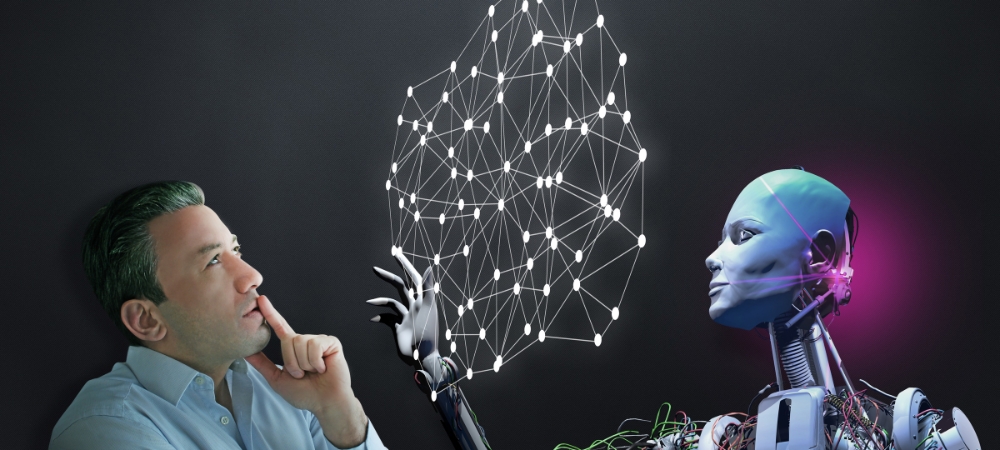
The future of Open AI and Artificial Intelligence(AI), as a whole, seems to be bright. Have a look at the future of the fastest-growing AI research company:
- Financial Aspect: the financial side of Open AI is promising. As per Reuters, OpenAI, in recent pitches to investors, has stated that it expects to generate $200 million in revenue during the fiscal year 2023. That number is set to increase to $1 billion in 2024.
- Partnership with Microsoft: Microsoft’s partnership with OpenAI could mean billions of dollars a year in new revenue as workloads pile up in Azure. Microsoft is integrating OpenAI’s technology into its Bing search engine, sales and marketing software, GitHub coding tools, Microsoft 365 productivity bundle, and Azure cloud.
- AI safety: The introduction of Open AI products like Chat GPT has led to a hot debate about the potential harms caused by AI technology from assignment manipulation to loss of jobs. Even the Open AI board seems to be genuinely concerned about the safety and speed of development. This tension pressurises the company for responsible development.
How much money does Open AI really make?
Finally, let’s see how much Open AI really makes for these long days. The exact figures of the annual revenue of Open AI have not been officially disclosed as it is a private company. This has fuelled some debates around the transparency of the company in social media.
However, The Information reports that the annual revenue of Open AI has crossed $1.3 billion per year, which is a 30 per cent increase from last year. This means that the company is earning more than $80 million per month from multiple sources. The annual revenue of Open AI before the launch of Chat GPT was just $28 million.
These statistics solidify Open AI’s dominant position in the field of artificial intelligence. For instance, consider Anthropic, the main competitor of Open AI. Reports from multiple sources suggest that the annual income of Anthropic is just $100 million. This means that the current revenue of Anthropic is less than 10% of Open AI’s revenue.
Conclusion

Undoubtedly, Open AI’s business model is fairly simple yet inspirational for aspiring start-up founders. Moreover, with its rapid market presence and potential to revolutionize jobs through automation, Open AI is prepared to make significant impacts in the tech realm.
While not currently a major revenue generator, its strategic partnership with Microsoft and AI breakthroughs hint at future financial success. Yet, OpenAI’s core mission is research-driven, prioritizing innovation over profits.
OpenAI continues to be a significant player in the AI industry, and its growth in the coming years will be fascinating to watch.
| Sources | ||
|---|---|---|
| Reuters | Soocial | Nytimes |
| FutureForge | Productmint | Fortune |
| Sacra | The Information.com | |

